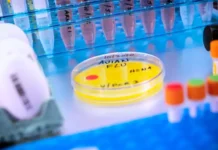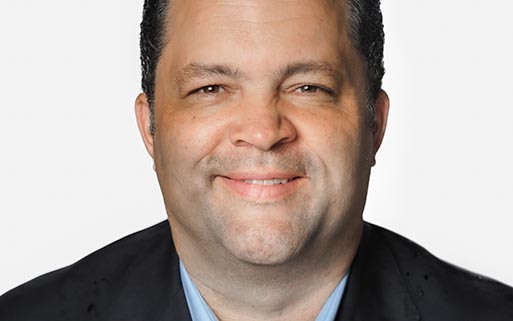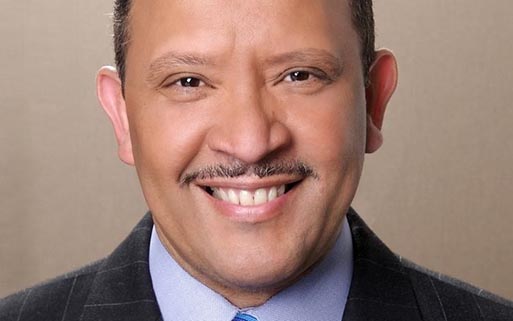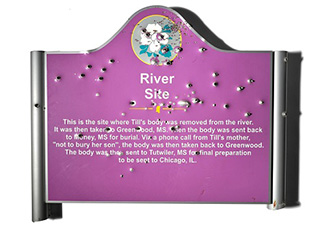
(Trice Edney Wire) – “Too often, precious lives are interrupted or cut short by cancer. Breast cancer, one of the most common cancers among American women, affects roughly 230,000 women as well as 2,300 men each year and is responsible for more than 40,000 deaths annually in the United States. Breast cancer does not discriminate — it strikes people of all races, ages, and income levels — and we must raise awareness of this disease and its symptoms so we can more easily identify it and more effectively treat it.” – President Barack Obama, National Breast Cancer Awareness Month Proclamation, October 2015.
Breast cancer is the most common cancer among women in the United States. It strikes blindly, touching women of all racial and ethnic groups. But while race is not a risk factor for breast cancer, Black and Hispanic women—who are less likely to get breast cancer than white women—are dying from the devastating disease at higher rates. To save thousands more lives, we must continue to make strides and improvements in prevention, diagnosis and treatment, while comprehensively addressing the stunning health disparities that consign so many women of color to preventable deaths.
The wide disparity in deaths and survival rates (Black women have a five-year survival rate of 77 percent in comparison to 90 percent for white women) can be attributed to a variety of factors—ranging from biology to access to quality health care. According to the Black Women’s Health Imperative, breast cancer tends to appear in Black women at a younger age and in more advanced forms. Women of color are more likely to be diagnosed with more aggressive cancers and later stage breast cancers. Because, historically, Black women have been less likely to get regular mammograms, their cancers are more likely to be advanced when they are finally diagnosed. This is why screening, and screening early, matters. While screening can neither eliminate nor undo the design of biology, the earlier you can detect and begin to treat breast cancer, the lower your risk of dying.
Women of color—particularly Black women who are 40 percent more likely to die of breast cancer than white women—need access to quality preventative measures like mammograms to reduce their risk. State and private programs that provide low to no-cost mammograms for women have helped closed the gap between the health insurance haves and have-nots. Through the Affordable Care Act, obstacles to regular screenings have practically been eliminated for all women. Under the ACA, most health insurers are required to cover recommended preventative services—including mammograms—at no out-of-pocket cost.
Despite the increase in access to screening, women of color also tend to get follow-up care later than white women. Black women often experience follow-up times of over 60 days after a receiving an abnormal mammogram result. When time is of the essence, waiting for follow-up care may lead to the cancer becoming more aggressive and it may increase its spread in the body.
Low-income and uninsured women in the 21 states that refused to expand Medicaid under the Affordable Care Act are less likely to have breast and cervical cancer screenings than other women. Expanding Medicare in those states could mean the difference between finding early stage cancer when it’s more easily treatable and finding it after it becomes life threatening.
Treatment is another area where disparities are potentially costing us lives. According to the Centers for Disease Control and Prevention, only 69 percent of Black women start treatment within 30 days of receiving a diagnosis of breast cancer, compared to the 83 percent of white women who begin within 30 days. Black women are also less likely to receive (or are resistant to receiving), certain surgeries, radiation and hormone therapies. Whiles strides are being made in care continuum, women of color must be educated about their options and have access—from care to treatment—to improve their outcomes.
Think about this: nearly 1,800 fewer Black women would die of breast cancer if death rates were the same as white women, according to the CDC. That’s 1,800 more birthdays, weddings and graduations we could all be celebrating today. We know what to do, but knowing is only half the battle. Sign up for a mammogram today or encourage all the women you know and love to make that potentially life-saving appointment.















